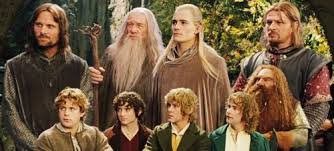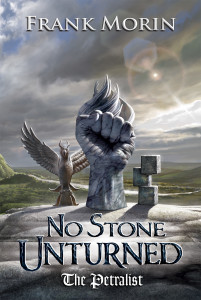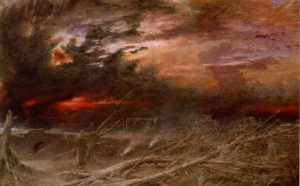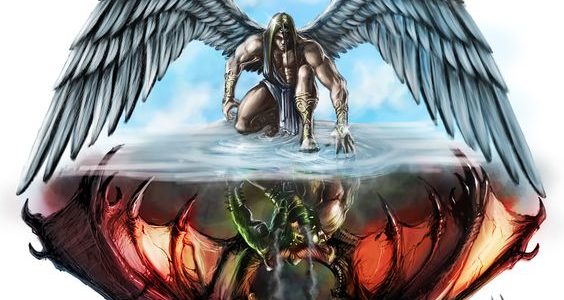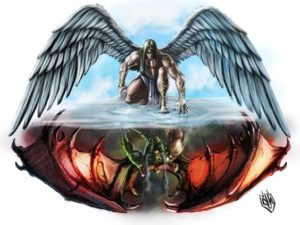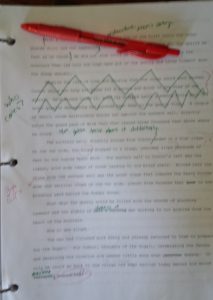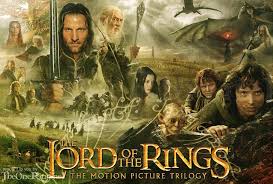 In my family, we love good stories. We’re avid readers, and we also love to go to the movies. Film adaptations of beloved books pose a unique challenge. Generally we read the book prior to watching the movie. It’s awesome to see characters and scenes we love come to life on the big screen.
In my family, we love good stories. We’re avid readers, and we also love to go to the movies. Film adaptations of beloved books pose a unique challenge. Generally we read the book prior to watching the movie. It’s awesome to see characters and scenes we love come to life on the big screen.
As long as they’re portrayed well.
My kids are book-to-movie adaptation purists. They feel the movies really need to be true to the books. I lean in that direction too, but recognize that the two mediums are so different, they demand some changes, no matter how much the directors want to keep the story pure. We generally discuss at ridiculous lengths what we liked or didn’t like about adaptations.
Except for the Lord of the Rings.
That one was easy.
We love that movie trilogy! Peter Jackson and his cast and crew knocked it out of the park. They nailed it. That’s one adaptation where I believe the movie exceeded the book.
What did they do so well?
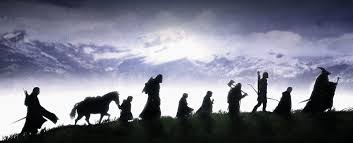 First off, they loved the books. We, of course, purchased the extended editions of all of the DVDs and, being huge Tolkien fans, we watched all the extra bonus materials, behind-the-scenes clips, and interviews. Throughout all of that material, it was incredibly obvious that the movies were made by incredibly talented professionals who loved the stories and dedicated themselves to bringing the very best aspects of them to the big screen.
First off, they loved the books. We, of course, purchased the extended editions of all of the DVDs and, being huge Tolkien fans, we watched all the extra bonus materials, behind-the-scenes clips, and interviews. Throughout all of that material, it was incredibly obvious that the movies were made by incredibly talented professionals who loved the stories and dedicated themselves to bringing the very best aspects of them to the big screen.
For example, they spent an entire year prepping the sets. They built Hobbiton, planted gardens, and gave the area time to grow and become real.
I took my family to New Zealand where the filming took place and we visited many of the filming locations. Hobbiton was our favorite. It’s just so awesome. Plus, it’s really the only set that’s still in place. Everything else had to be taken down, including the town of Edoras. We did visit the mount where it had stood and got to play with swords!
[soliloquy id=”12048″]
They took the time to tell the story. Many movie adaptations make the mistake of cutting massive sections of the story plotline away, or change it so far from what the fan base expects that it’s barely recognizable. Great examples of movies that should have been only the first successful installment in a long series, but which angered the fan base and crushed their chances to release the sequels, include Eragon and The Last Airbender. I was so excited for both of those, and so disappointed with the clearly sub-par adaptations that resulted.
The LOTR crew focused on the details. They hired armorers to make real weapons and armor. We visited the Weta workshop where they crafted the costumes and equipment and worked so much magic to bring the story alive. Absolutely amazing.
They cast brilliantly. Sometimes it’s hard to cast everyone to fit the descriptions within a story, but I feel the LOTR cast was brilliant.
They developed a truly epic score. The music from this movie is still one of my favorite soundtracks, which I often write to, despite having listened to it far too many times to count.
They filmed all three movies at the same time. This could have been a huge gamble and could have been disastrous if the first movie had tanked. But it’s a testament to Peter Jackson and crew that they felt confident enough in their success to film all three movies. They knew they were making something epic, and they did not hold back. Knowing all three movies were already filmed helped drive anticipation for the annual release of the films.
And from a marketing standpoint, they again excelled. I remember for weeks and months leading up to the release of the first movie, they released interviews with cast and crew, sneak peeks behind the scenes, documentaries about the efforts to build the world of Tolkien. It whipped the fan base into a frenzy.
Then they delivered everything they promised.
So yes, I’m a huge Lord of the Rings fan. I love those movies, and I will watch them again and again. If I ever get the chance for a film adaptation of one of my books, I hope it’s by a team the loves my stories like Peter Jackson and his team loved Tolkien’s works, and who commit to the same level of excellence.
About the Author: Frank Morin

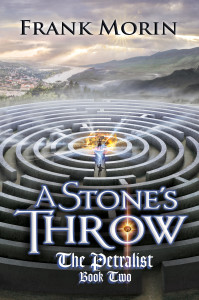 Frank Morin loves good stories in every form. When not writing or trying to keep up with his active family, he’s often found hiking, camping, Scuba diving, or enjoying other outdoor activities. For updates on upcoming releases of his popular Petralist YA fantasy novels, or his fast-paced Facetakers sci-fi time travel thrillers, check his website: www.frankmorin.org
Frank Morin loves good stories in every form. When not writing or trying to keep up with his active family, he’s often found hiking, camping, Scuba diving, or enjoying other outdoor activities. For updates on upcoming releases of his popular Petralist YA fantasy novels, or his fast-paced Facetakers sci-fi time travel thrillers, check his website: www.frankmorin.org

